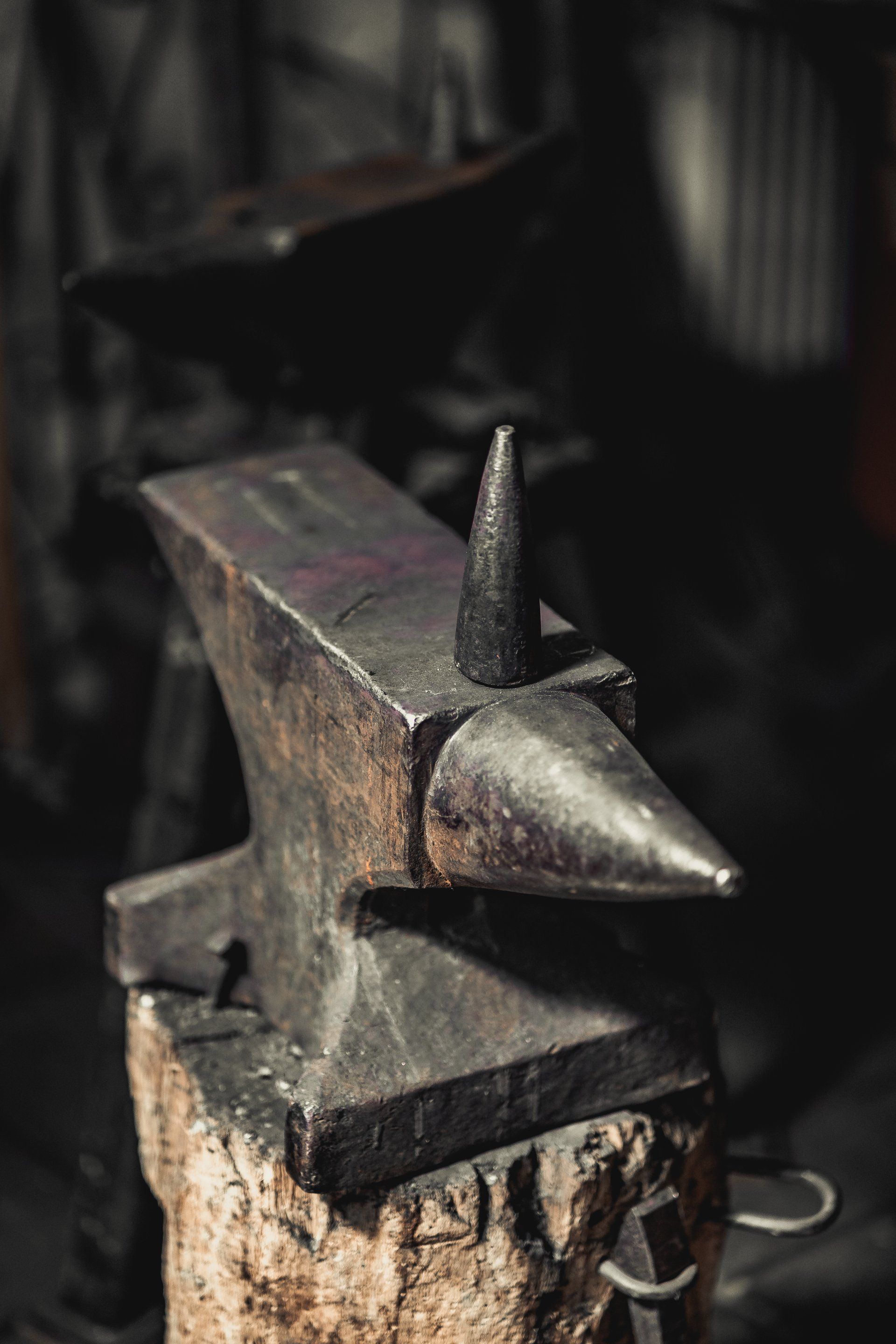Exploring the Art of Quenching: Different Methods for Crafting Exceptional Blades
Quenching is a pivotal step in the bladesmithing process that transforms red-hot steel into a hardened and resilient blade. It's a delicate dance between heat, timing, and technique that can greatly influence a blade's final quality:
In this blog, we'll delve into some of the quenching techniques that contribute to our craftsmanship:
1. Water Quenching: The Traditional Method
Water quenching is an age-old method where the red-hot blade is plunged into water, rapidly cooling the steel and achieving high hardness. This technique produces an exceptionally hard edge but can also create internal stresses, leading to the risk of cracks. At Drakon Forge, we use water quenching selectively, opting for blades that demand extreme hardness and are less prone to cracking.
2. Oil Quenching: Balancing Hardness and Toughness
Oil quenching involves submerging the blade into a specialized quenching oil, which cools the steel at a slower rate than water. This method offers a balance between hardness and toughness, resulting in blades that are less likely to crack while still maintaining excellent edge retention. We use oil quenching for a variety of blades, particularly those designed for utility and durability.
3. Air Quenching: Precision and Control
Air quenching, also known as "interrupted quenching," involves allowing the blade to cool in open air after initial cooling in a quenching medium. This method provides greater control over the quenching process, minimizing the risk of cracking while still achieving desirable hardness. Air quenching is often employed for intricate or complex blade designs, where uniform cooling is essential.
4. Plate Quenching: Ensuring Straightness
Plate quenching involves placing the blade between two metal plates and quenching them together. This method helps maintain the blade's straightness by preventing warping during the quenching process. At Drakon Forge, we frequently use plate quenching for longer blades or those with a higher risk of distortion.
5. Polymer Quenching: Tailored Quenching Mediums
Polymer quenching utilizes various polymer solutions that offer controlled cooling rates tailored to specific steel types. This method allows bladesmiths to fine-tune the quenching process for optimal hardness, toughness, and edge retention. At Drakon Forge, we embrace polymer quenching for our specialized and custom blades, ensuring precise results that meet the unique demands of each blade.
In conclusion, the quenching process is a critical element in crafting exceptional blades, and the method chosen can significantly impact the blade's final characteristics. At Drakon Forge, our dedication to innovation and mastery drives us to explore and utilize various quenching techniques, enabling us to create blades that are not only functional but also pieces of art. Each method brings its own advantages and challenges, and our bladesmiths skilfully select the appropriate technique to achieve the desired balance of hardness, toughness, and performance for every blade we forge.
Share


